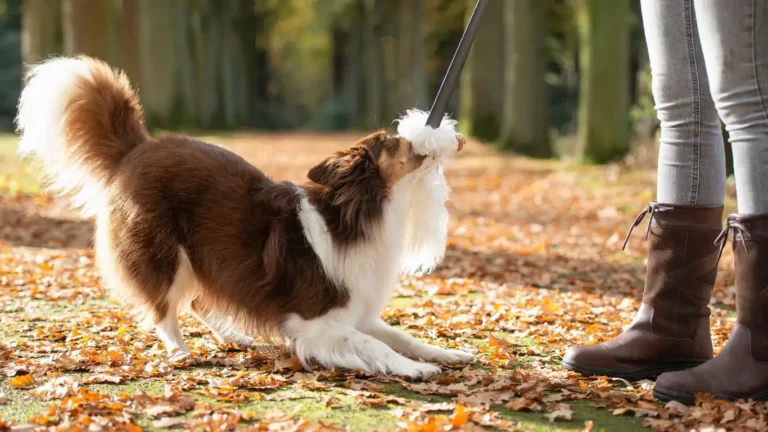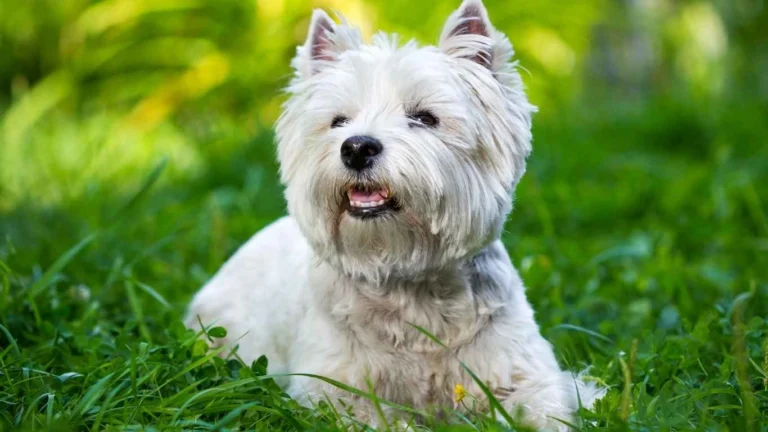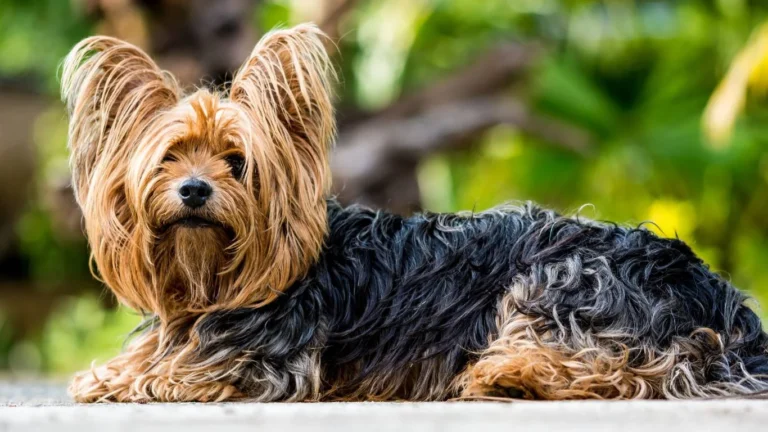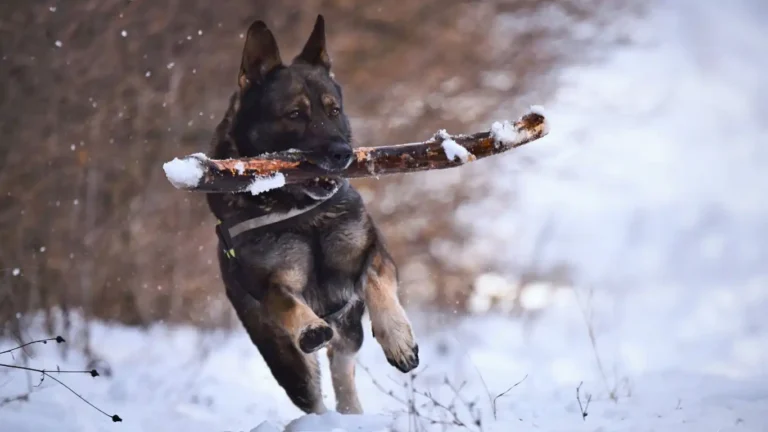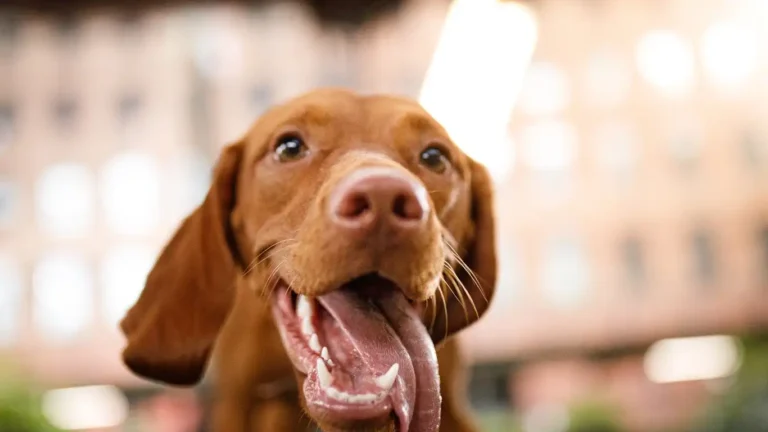How to Calm a Dog Scared of Loud Noises: Proven Tricks That Work
Let’s be real—if you’ve ever had a dog trembling under the bed during a thunderstorm or bolting at the sound of fireworks, you know just how heart-wrenching it is. As someone who’s worked with anxious pups daily in my role as a Veterinary Technician, I’ve seen firsthand how tough it can be to know exactly how to calm a dog scared of loud noises. Whether it’s the Fourth of July or just trash pickup day, some dogs seem to unravel at the first boom or bang. And honestly? I totally get it. Sound sensitivity in dogs is more common than most folks realize, but thankfully, there are things you can do to help soothe your furry best friend when the world gets too loud.
Understanding the Root of Your Dog’s Fear
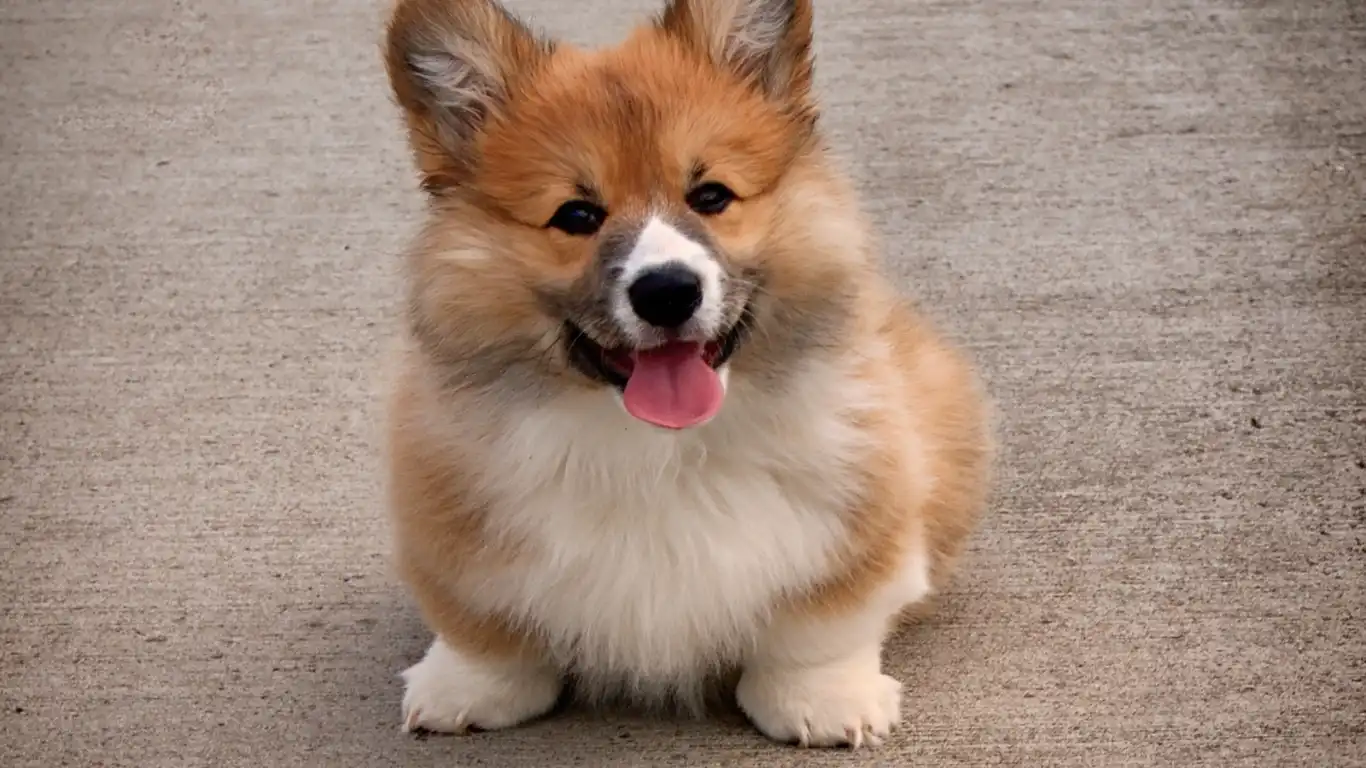
It’s Not Just “Bad Behavior”
First things first: this isn’t about disobedience. When dogs react to loud noises, it’s not because they’re trying to be difficult. It’s fear—plain and simple. Imagine being in a world where your hearing is several times more sensitive than a human’s, and then a thunderclap rolls in. Terrifying, right?
From my time in clinic and through years of nutritional consults, I’ve had clients ask me, “Why does my dog freak out when it storms, but not when I drop a pan in the kitchen?” The truth is, not all loud noises are created equal in your dog’s mind. Storms, fireworks, and even vacuum cleaners can trigger deep, instinctual fears tied to unpredictability, vibration, and past trauma.
Common Triggers
- Thunderstorms
- Fireworks (especially around holidays like the 4th of July)
- Construction or roadwork near home
- Appliances like vacuums, blenders, and hairdryers
- Gunshots or hunting sounds in rural areas
Every dog reacts differently—some just pace or pant, others hide, shake, or even become destructive. In my experience, recognizing the signs early can really help prevent a full-blown panic attack.
Recognizing Signs of Noise Phobia in Dogs
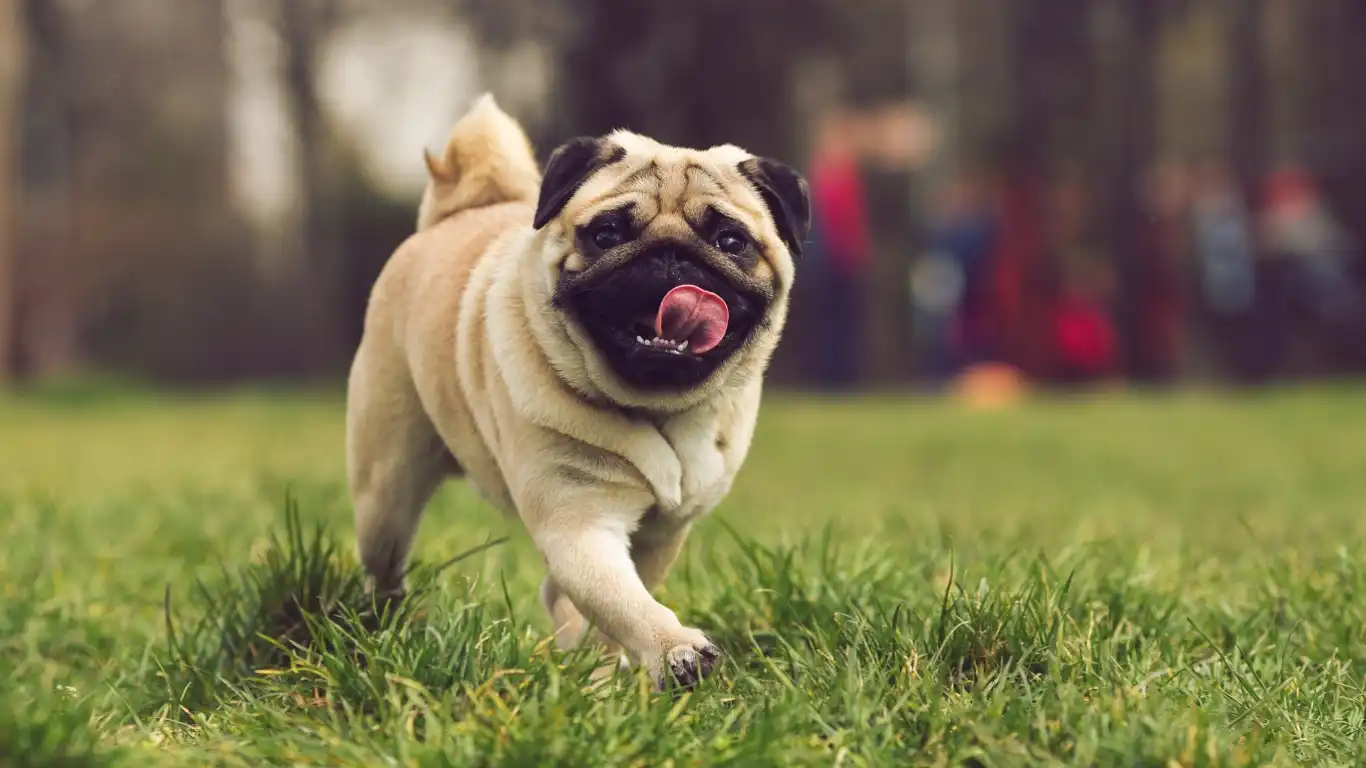
Subtle Cues You Might Miss
Sometimes the signs of fear are super obvious—your dog runs under the couch or tries to dig through the drywall (true story: we had a sweet Shepherd mix try to tunnel through an exam room wall once). But other times, the signs are more subtle. As a vet nurse, I always advise dog parents to look for:
- Pacing or restlessness — almost like they can’t settle
- Excessive panting — even when it’s not hot
- Whining or barking — vocalizing their distress
- Clinginess — following you like a shadow
- Shaking or trembling — often confused with cold
- Yawning or licking lips — signs of mild anxiety
Pro Tip from the clinic: If your pup starts acting clingier or jumpier than usual and there’s rain in the forecast, chances are they’re already sensing the pressure changes. Dogs can be incredibly tuned into their environment in ways we’re only just starting to understand.
How to Calm a Dog Scared of Loud Noises: Your First Steps
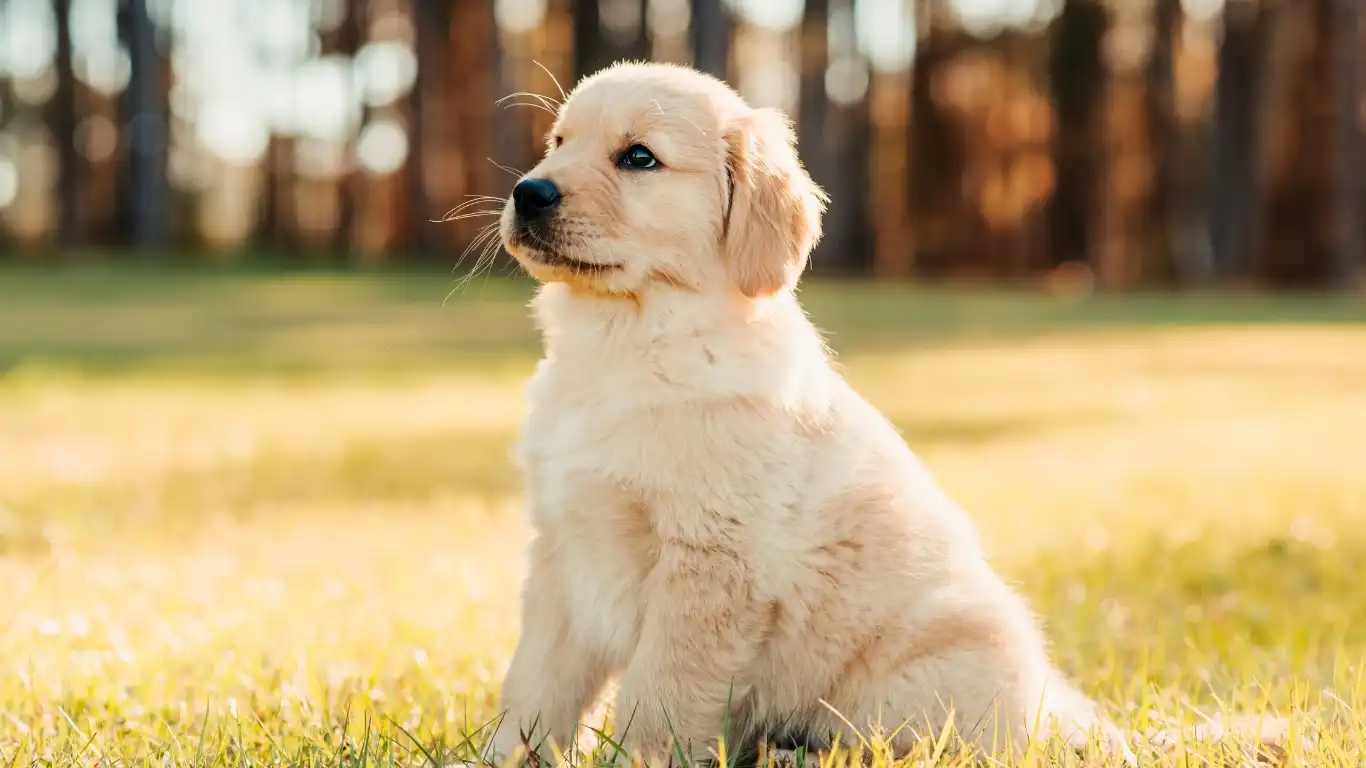
Create a Safe Space
This is hands-down one of the most effective first-line strategies I’ve seen in both clinic and home consults. Think of it like a doggie panic room—dark, quiet, and cozy. Some pups instinctively seek out bathtubs or closets when they’re scared, so why not set one up intentionally?
- Use a crate (if your dog finds comfort in it) covered with a blanket
- Add familiar-smelling bedding, a favorite toy, or a piece of your clothing
- Use white noise machines or soft music to drown out the scary sounds
Real-life example: One of my clients had a Border Collie terrified of thunderstorms. They set up a comfy crate in the laundry room with a white noise machine and a calming diffuser. Over time, he actually started going there on his own whenever he felt overwhelmed.
Stay Calm Yourself
This one is surprisingly hard but so important. Dogs mirror our emotions. If you jump every time there’s a boom, your dog will pick up on that energy. I’ve seen it happen dozens of times—even calm dogs can become anxious if their person is tense. Try speaking in a calm, cheerful voice and avoid dramatic reactions (no gasping or jumping up!).
Distract and Redirect
If your dog is mildly anxious, sometimes you can redirect their attention with a game or puzzle toy. Frozen peanut butter KONGs, snuffle mats, or even basic obedience drills with high-value treats can shift their focus. I’ve had luck with food puzzles during fireworks nights—anything that keeps them busy and positively engaged helps.
Natural Calming Aids That Actually Work
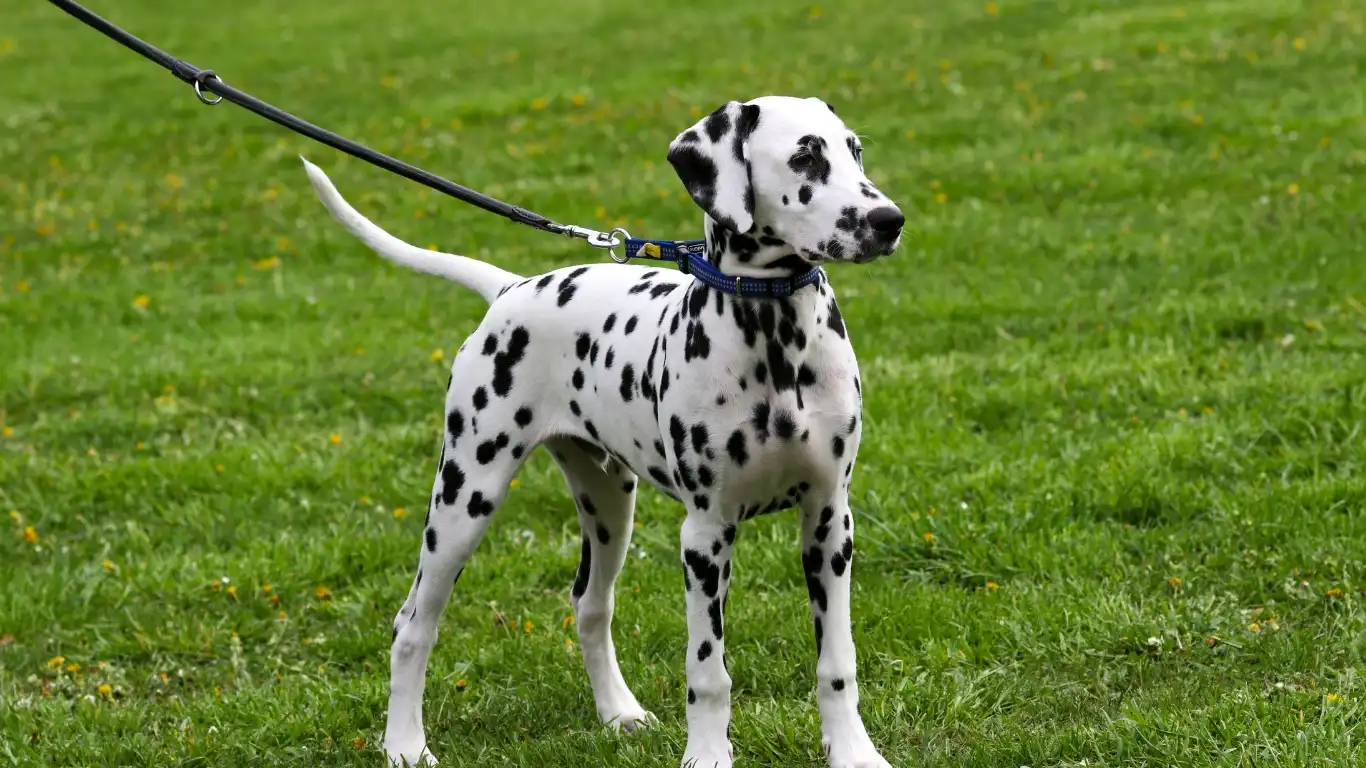
Herbal Remedies and Supplements
Alright, let’s talk about something I get asked a ton in clinic: “Do calming supplements really work?” Short answer—sometimes, yes. But the trick is knowing which ones are legit and which are just fluff. I’ve seen good results with calming chews that contain ingredients like:
- L-Theanine – an amino acid that promotes relaxation without sedation
- Valerian Root – a natural herb with mild sedative effects (can be a little stinky though!)
- Chamomile – the same soothing stuff in your tea can help dogs chill out
- CBD (hemp-based) – still somewhat controversial, but I’ve seen some great results, especially with rescue dogs who have trauma histories
One of my nutrition consults involved a Golden Retriever named Sadie who had an absolute meltdown every time it rained. Her owner tried a CBD chew twice a day and within a week, we saw a noticeable shift. She still got nervous, but the frantic panting and hiding stopped. Always check with your vet before adding supplements, especially if your pup’s on any meds. Some interactions can be sneaky.
Calming Diffusers and Sprays
I love these for dogs who are sound-sensitive but don’t do well with ingestibles. The most well-known is probably Adaptil—an odorless pheromone diffuser that mimics a calming scent nursing mother dogs produce. Sounds weird, I know, but I’ve seen it help lower stress in the exam room and even during kennel stays. There are also natural sprays with lavender and chamomile that can be spritzed onto bedding.
Pro Tip: These work best when used consistently. Don’t just plug it in five minutes before the fireworks start and expect magic. Give it a few days to settle into your dog’s environment.
Training Tips to Desensitize Noise Anxiety

Sound Desensitization: A Slow and Steady Fix
If you’re serious about helping your pup overcome their fear long-term, desensitization is where it’s at. I’ve walked dozens of clients through this, and while it takes time, it can completely transform how a dog responds to scary sounds.
- Start by playing the triggering sound (like thunder or fireworks) at very low volume—barely audible.
- Pair the sound with something positive: treats, playtime, or a mealtime.
- Gradually raise the volume over days or weeks, always making sure your dog stays relaxed and engaged.
The key here is patience. If your dog starts showing signs of stress, back off the volume and try again later. Don’t rush it. One pup I worked with, a super sweet Cattle Dog named Leo, took almost two months to go from panicking during fireworks to just casually sitting through them while chomping on a chew.
Counterconditioning in Action
This method is all about changing the emotional association with the scary sound. Instead of panic = boom, it becomes boom = treat. Every time a loud sound happens (real or recorded), give your dog something amazing—like a tiny piece of cooked chicken or their favorite toy. It builds new, more positive mental pathways over time. Science stuff… but it works.
When You Might Need Extra Help
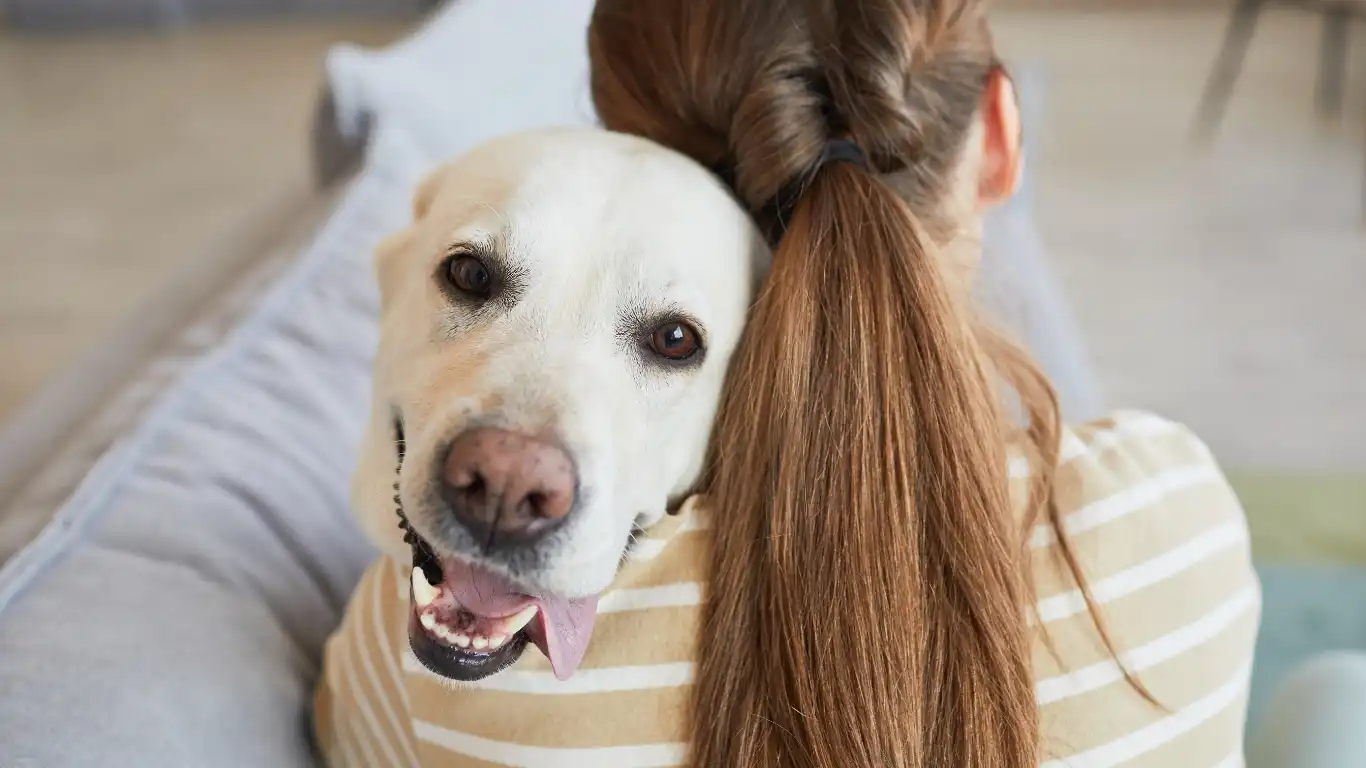
Consulting with Your Vet
Sometimes, despite all the safe spaces and supplements and training, a dog’s fear is just too overwhelming. That’s when I usually recommend talking to your vet about medication. There’s no shame in this—some pups need extra help, especially if their fear is extreme or starts affecting their daily life.
Your vet might prescribe:
- Sileo (dexmedetomidine gel) – designed specifically for noise aversion, easy to administer into the cheek
- Trazodone or Alprazolam – mild anti-anxiety meds often used situationally
- Clonidine – especially helpful in combination with training for severe anxiety cases
It’s worth noting, medications like these shouldn’t be used as the only solution. They’re most effective when paired with training and environmental management. One of my long-time clients had a rescue Greyhound who would shake uncontrollably during thunderstorms. With a low dose of Sileo and a structured desensitization plan, we made huge progress in just a few months.
Working with a Certified Trainer or Behaviorist
And if you’re feeling in over your head? That’s totally okay. Reach out to a certified dog trainer or behaviorist—ideally someone who uses positive reinforcement methods only. Punishing a dog for being afraid only makes the fear worse. A professional can create a custom plan and help you stick with it, which makes a big difference if you’re juggling work, family, and life.
Remember, every dog’s journey is different. There’s no magic one-size-fits-all solution, but with patience, compassion, and the right tools, things can get better. I’ve seen even the most anxious pups blossom into confident, calm companions—it just takes a little heart and a whole lot of peanut butter.
Building a Calming Routine That Sticks

Why Routine Matters for Anxious Dogs
If there’s one thing I’ve learned working with dogs over the years, it’s that they absolutely thrive on routine. Predictability is comforting, especially for pups with anxiety. One of my senior patients—a sweet Beagle named Milo—used to panic every time garbage trucks rolled through. But when his family implemented a structured morning routine with calming walks, puzzle feeders, and white noise, his reactions mellowed out dramatically.
Here’s how to build a simple calming routine that supports dogs scared of loud noises:
- Consistent mealtimes – Helps keep the digestive and nervous systems in balance
- Gentle morning and evening walks – Avoid noisy times, opt for calm, quiet hours
- Daily enrichment – Use scent work, food puzzles, or slow-feeder bowls
- Nighttime wind-down – Soft lighting, calming music, and a predictable bedtime
Pro tip: Pair scary noise times with extra rewards. If your dog hears fireworks in the evening, start offering a special “calm-time treat” around the same hour each night—even on quiet nights. This trains the brain to associate that time with positive things, not just fear.
Supporting Calm Through Nutrition
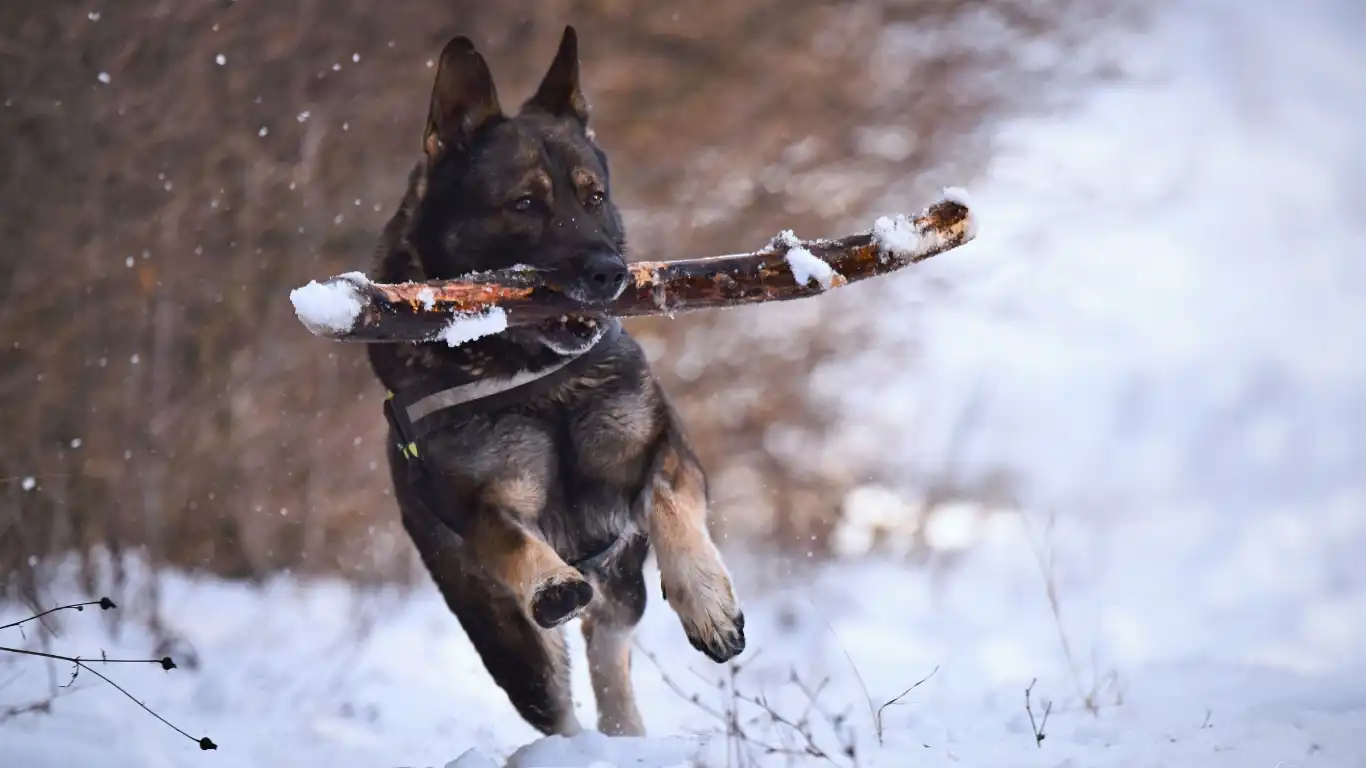
Yes, Food Can Influence Mood
Nutrition plays a bigger role in canine anxiety than most people realize. As a vet nurse specializing in nutrition, I’ve seen countless cases where a diet shift helped support behavior changes. Some dogs truly benefit from specific nutrients that affect neurotransmitter function—think serotonin and dopamine, the feel-good brain chemicals.
Here are a few ingredients I look for when advising on anxiety-prone pups:
- Omega-3 fatty acids (DHA/EPA) – Found in fish oil; supports brain health and reduces inflammation
- L-Tryptophan – A precursor to serotonin, often found in calming diets
- Vitamin B-complex – Helps regulate stress responses and nervous system balance
- Magnesium and zinc – Essential minerals for nerve function and mood stabilization
I once worked with a Labrador who had severe post-storm anxiety—like, hiding for hours after a storm passed. We switched her to a veterinary-formulated calming diet (yes, they exist!), and combined with behavior modification, her recovery time shrank dramatically.
You can find diets marketed specifically for anxiety support, like Royal Canin Calm or Purina Pro Plan Veterinary Calming Care. But always, check with your vet or a veterinary nutritionist before making big food changes—especially if your pup has allergies or other health issues.
Lifestyle Adjustments That Make a Big Difference
Exercise in the Right Dose
We all know exercise is great for dogs, but for anxious pups, it’s not just about physical activity—it’s about burning off nervous energy in a controlled, safe way. Overstimulation can actually backfire, especially for high-strung breeds. I recommend:
- Shorter, more frequent walks in low-stress environments
- Scent walks (letting them sniff EVERYTHING)
- Low-impact games like hide-and-seek or “find it” indoors
Quick story: I had a client with a super-anxious Aussie who couldn’t deal with fireworks season. Instead of amping him up with fetch, they focused on nose work games. The difference in his recovery and emotional regulation was night and day.
Noise-Proofing Your Home
Even simple changes can help dampen outside sounds:
- Use heavy curtains or blackout shades to buffer sound and light flashes
- Invest in double-pane windows or weatherproofing seals if possible
- Create white noise with fans, ambient sound machines, or even soft jazz (yep, dogs love smooth tunes!)
I’ve walked into homes where dogs were visibly less stressed simply because the environment was tailored to their needs. It doesn’t have to cost a ton—small changes = big wins.
Final Thoughts: You’ve Got This
Living with a noise-sensitive dog can feel overwhelming at times, I know. But you’re not alone, and your pup isn’t broken—they just need a little extra help navigating this loud, unpredictable world. Whether it’s setting up a safe space, using natural remedies, or consulting your vet about meds, you’ve got so many tools at your disposal.
With consistency, compassion, and a plan that suits your dog’s needs, you can absolutely help them feel safer and more confident—even when the world gets noisy.
References
Disclaimer
This article is intended for informational purposes only and does not replace professional veterinary advice. Always consult your veterinarian before making changes to your dog’s treatment, diet, or medication plan.
